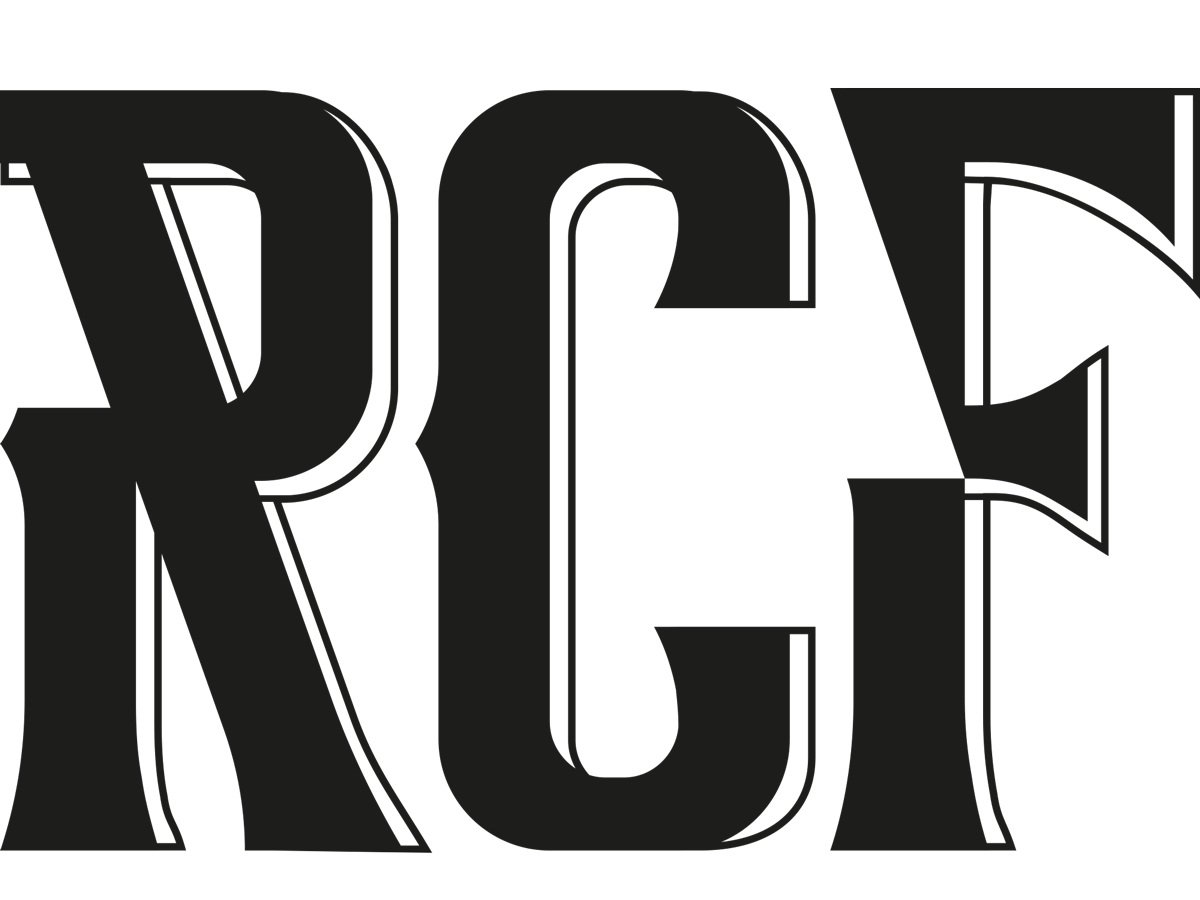PNUD is the UN's global network for development, advocating for change and giving countries access to the knowledge, experience, and resources necessary to help people carve out a better future for themselves.
OBJECTIVE
Design an easy-to-navigate website that allows users to find exact information and data related to social and environmental conflicts, and their impact on risk areas (areas with a high probability of being affected) of the country.
Platform users are mainly researchers and scientists (sociologists, geologists, and geophysicists, among others), who rely on this data to measure and calculate the evolution of conflicts and thus avoid and reduce risks.
It was not specified to follow any brand graphic line, so color mixtures were proposed that go with the brand tone desired by the client, and font style similar to those used on their general website so as not to lose the brand essence.
I chose colors that contrast strongly with each other, focusing mainly on the application on text fields, boxes, and the map, and also making it look visually pleasing.
The design structure revolved around the positioning of the map, so the information had to be summarized (without affecting the messages or communication) and find ways to display the content without affecting the visibility of the maps, so the design focused on the high use of popups, modals, and widgets.
All possible spaces were used to show relevant information, in addition, I used the menu/navigation bar as the main explanatory and introductory resource in each section. Finally, I applied transparencies to most of the boxes on top of the maps, left some visibility, and added minimized options.
Regular interviews with industry professionals who helped define the informational content and functional needs.
Focus groups with industry professionals (2 groups of 2) to establish navigation preferences, hierarchy and visual design opinions.
Eye tracking testing to record and analyze movements on maps (my role was moderator between the tester and the user-asking questions regarding the prototype)
Card sorting with the client's marketing team for information architecture planning and organization.
Interactive prototypes (low-quality) for collecting opinions and suggestions based on visualization and positioning of items and information displayed.
A/B test of visual proposals (2) to define final look and collect opinions and suggestions.
Design of items - representative icons (animated) that symbolize a location, society, factor, disaster, or affected point, among others within the 3 regions of Perú.
SIERRA
COAST
JUNGLE




























